Complete guide to technical terms in lighting: Kelvin, Watt, Lumens, LED and more
Choosing the right luminaire is not just about a simple aesthetic crush. Between Kelvin, Watt, Lumens, or LED, the technical terms of lighting can quickly become a real headache for individuals. However, understanding them is essential to adapt the lighting to each space, optimize consumption, and create the ideal luminous ambiance. In this guide, we decode the key concepts as well as other technical criteria such as the IP rating, CE standard, and the most common bulb bases (E27 bulb, E14 bulb, G9 bulb).

Kelvin: understanding color temperature
Color temperature, expressed in Kelvin (K), indicates whether a light is warm, neutral, or cool. A 2700K bulb produces a warm light close to that of a candle, ideal for a living room or bedroom. Conversely, a 4000K to 6000K bulb emits a white or cool light, perfect for work areas such as a kitchen or office.
Choosing the right Kelvin level allows you to create atmospheres suited to each room. An LED floor lamp can thus emit a soft light for relaxation, while a pendant light in a kitchen will favor a neutral white. To deepen the relationship between intensity and color, consult our guide Lumens vs Watts: choosing the right power.
Watt: measuring electrical consumption

When talking about lighting, the term Watt comes up systematically. It is the most well-known unit, often associated with the power of a bulb. However, its role is much more specific than it seems and deserves clarification.
Simple definition
The Watt (W) is the unit that measures electricity consumption. The more Watts a bulb displays, the more energy it consumes, but this does not mean it lights up more. In the past, people relied solely on Watts to choose a bulb, but with new technologies, this reference is no longer sufficient.
Why it is no longer a reliable criterion
With the arrival of LED technology, power consumption has greatly decreased, while luminous efficiency has increased. A 7W LED bulb can thus produce the same light as a 50W halogen bulb. That is why, beyond consumption, it is essential to take into account the brightness expressed in Lumens. Discover our LED bulbs to compare powers according to your needs.
Lumens: quantifying the light produced
Lumens (lm) measure the total amount of light emitted by a source. The higher the number of Lumens, the more powerful the lighting will be. It is the most reliable indicator to compare bulbs of different technologies. For example, 400 lm is enough for a bedside lamp, but a living room will require about 100 to 150 lm/m². For a precise calculation, consult our article How to calculate the number of spots per m².
LED technology: performance and modernity
LED (Light Emitting Diode) has revolutionized the lighting market. Energy-efficient, it consumes up to 80% less electricity than an incandescent bulb, while offering a lifespan of several tens of thousands of hours. It comes in many formats and designs, from recessed spotlights to floor lamps, to meet all needs in indoor lighting as well as outdoor.
Whether you are looking for soft light for a bedroom or stronger intensity for a kitchen, LEDs adapt to all situations. Discover our LED pendants and floor lamps to modernize your interior.
IP rating: protection against water and dust

The IP rating (Ingress Protection) indicates the level of protection of a luminaire against solid objects (like dust) and moisture. For example, IP20 is suitable for standard indoor use, IP44 is adapted to humid areas like a bathroom, and IP65 is recommended for outdoor use exposed to weather.
To secure your outdoor spaces, explore our collection of IP65 outdoor wall lights, ideal for resisting rain while ensuring effective lighting.
CE standard: a guarantee of safety
The mention CE standard is mandatory on any luminaire sold in Europe. It guarantees that the product meets the safety, health, and environmental protection requirements imposed by European regulations. By choosing a CE-certified product, you are sure it meets the current quality standards.
Bulb bases: E27, E14, and G9
The base refers to the part of the bulb that fits into the luminaire. There are several types, each with its specificities:
- E27 bulb: the most common screw base, used for pendants, floor lamps, or ceiling lights.
- E14 bulb: smaller, often found in bedside lamps, chandeliers, or wall lights.
- G9 bulb: compact, favored for design luminaires and small spaces.
Choosing the right base is essential to ensure compatibility with your luminaires. To optimize your decorative choices, consult our advice on how to properly select your LED bulb.
Conclusion
Understanding technical lighting terms allows you to choose the right products with confidence. Whether it is color temperature in Kelvin, consumption in Watt, brightness in Lumens, or safety with the IP rating and CE standard, each concept plays a key role. Not to mention bulb bases like E27, E14, or G9 that ensure compatibility with your luminaires.
To go further, explore our LED luminaires, and transform your spaces by combining performance, style, and luminous comfort.


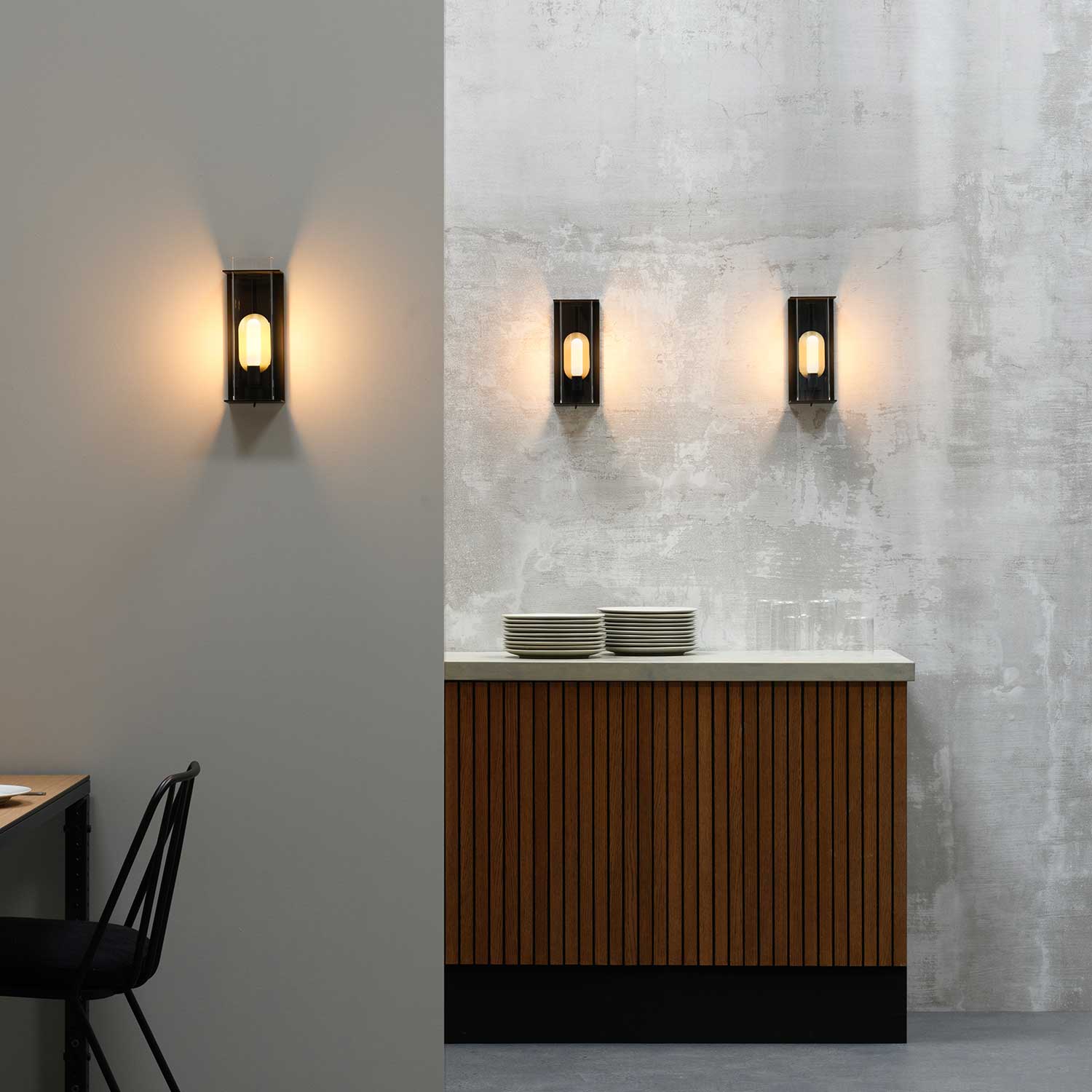
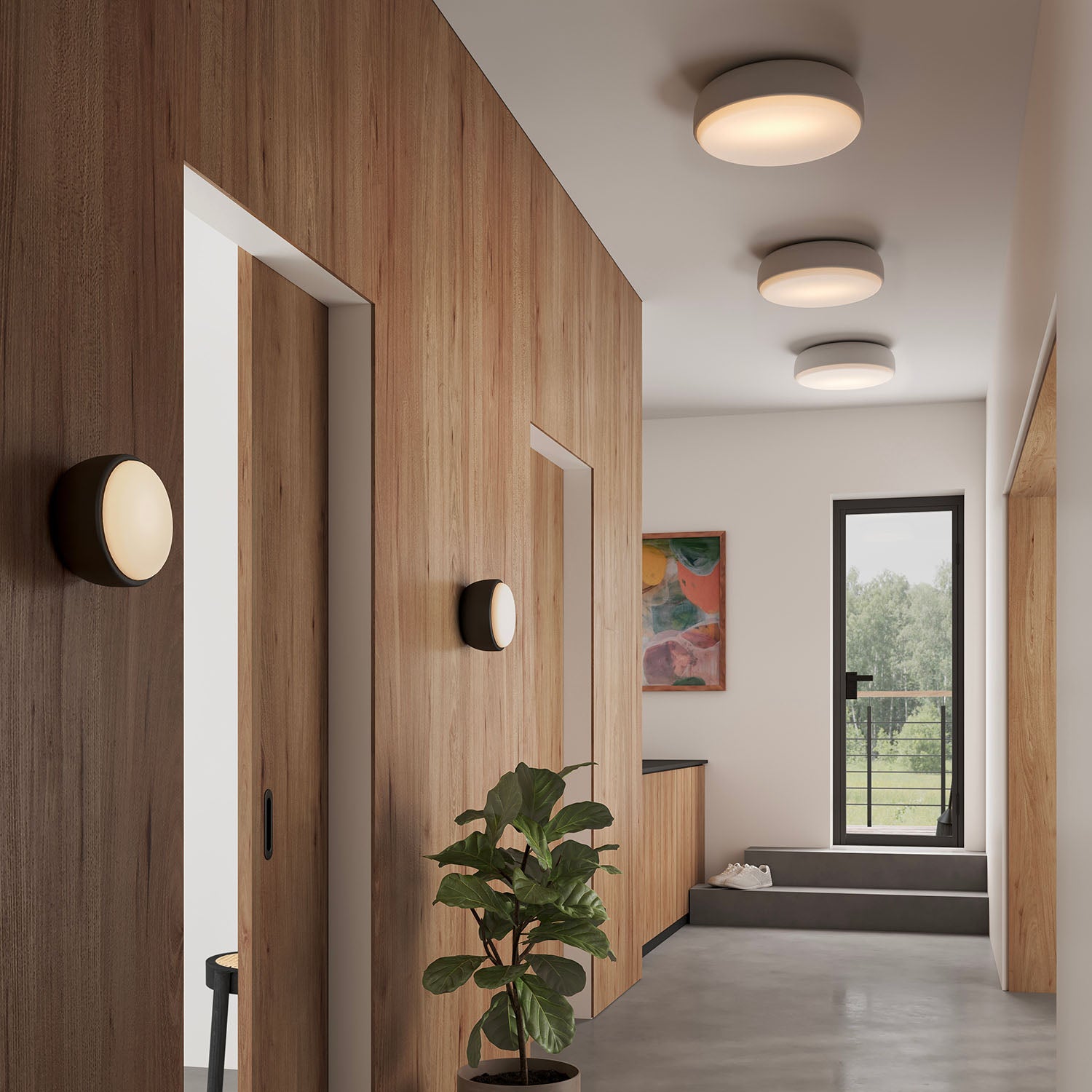
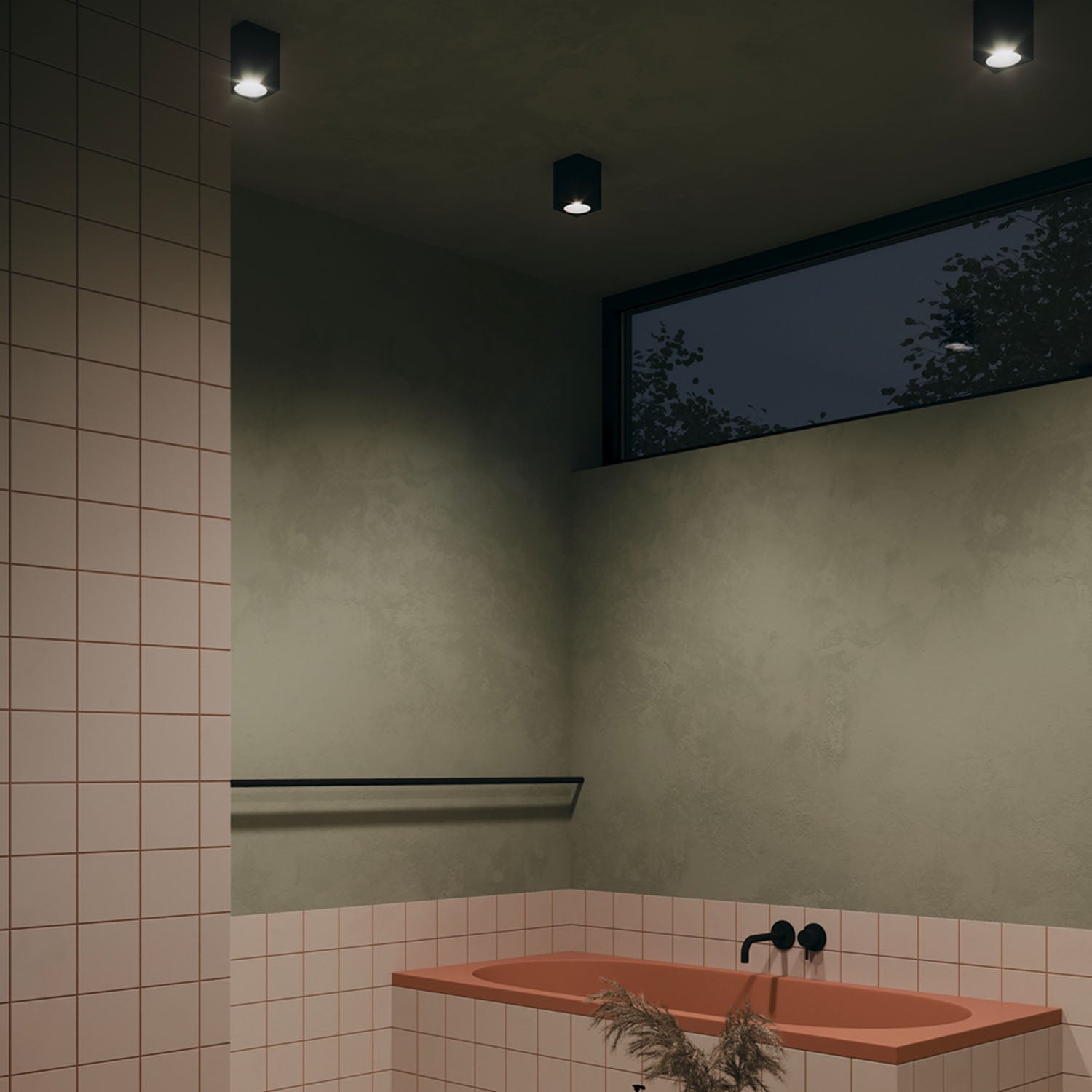
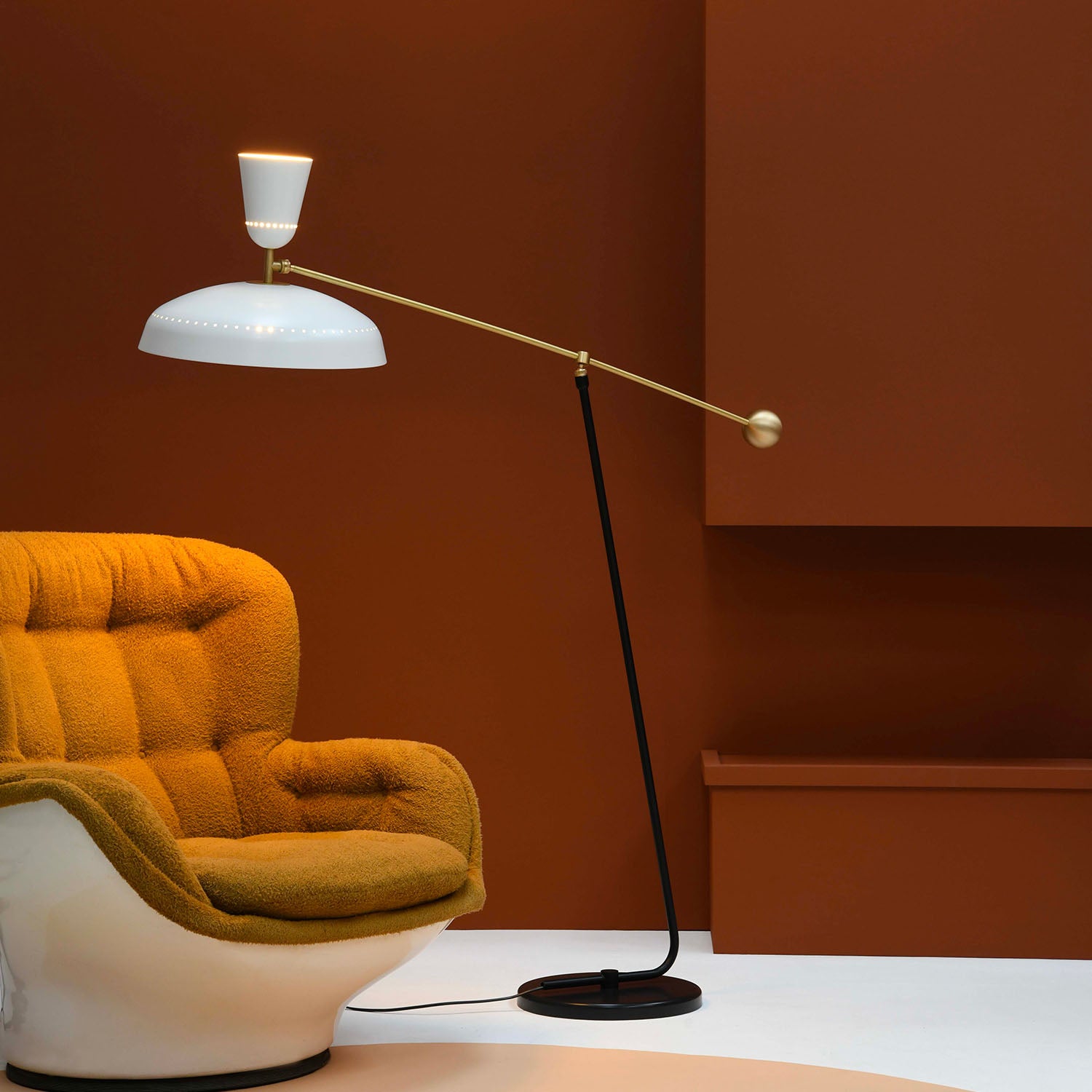

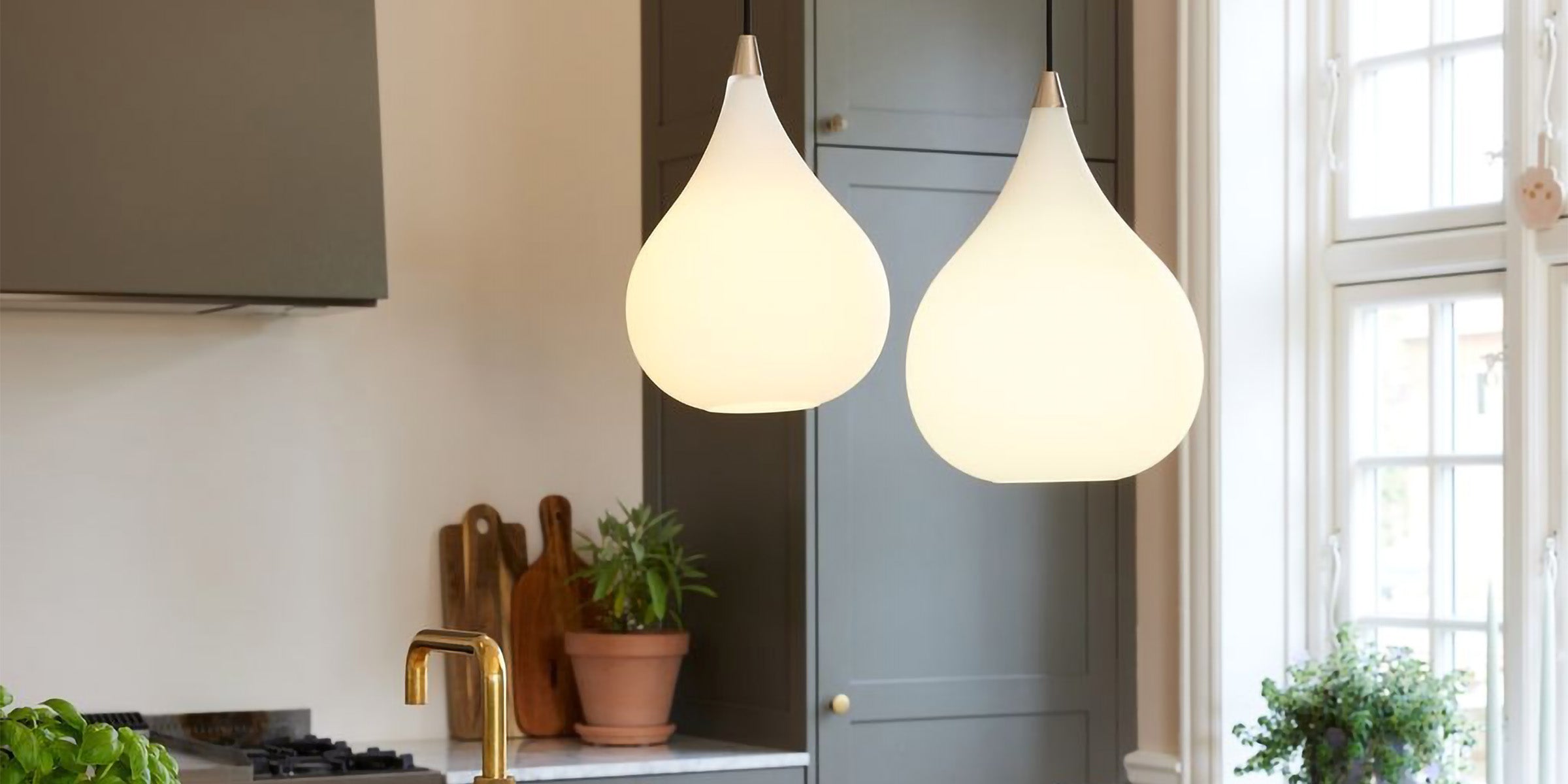
Leave a comment
This site is protected by hCaptcha and the hCaptcha Privacy Policy and Terms of Service apply.